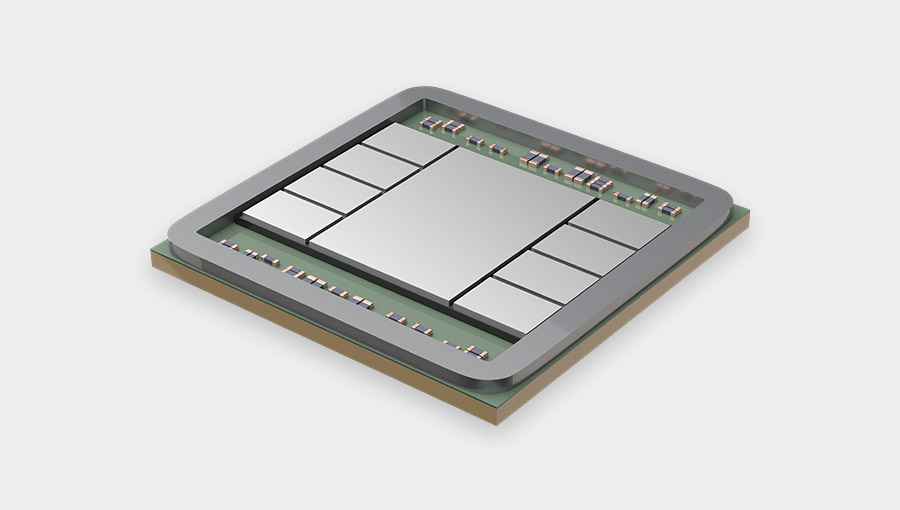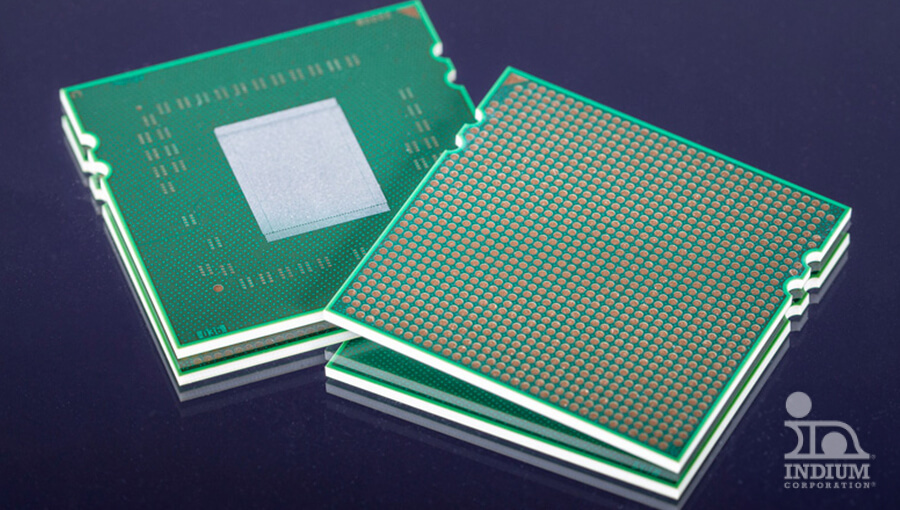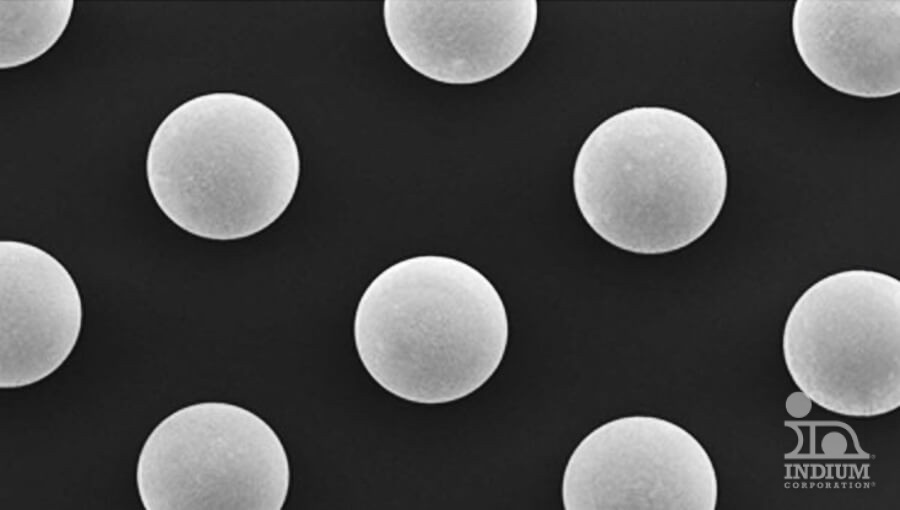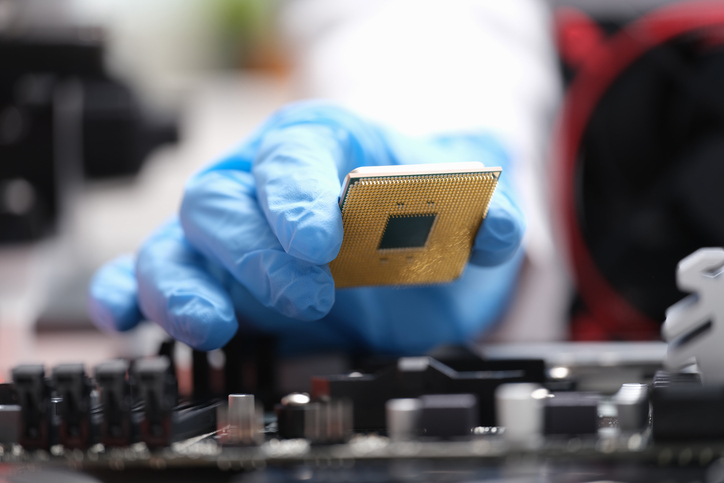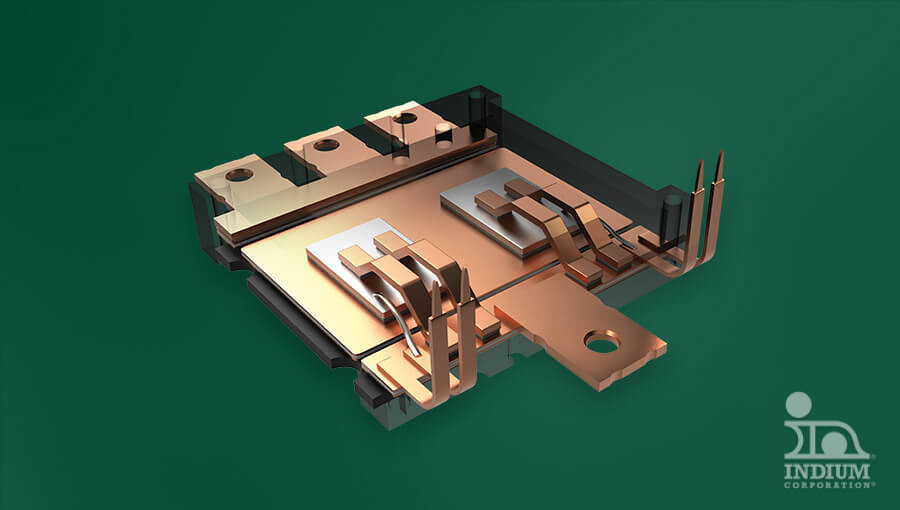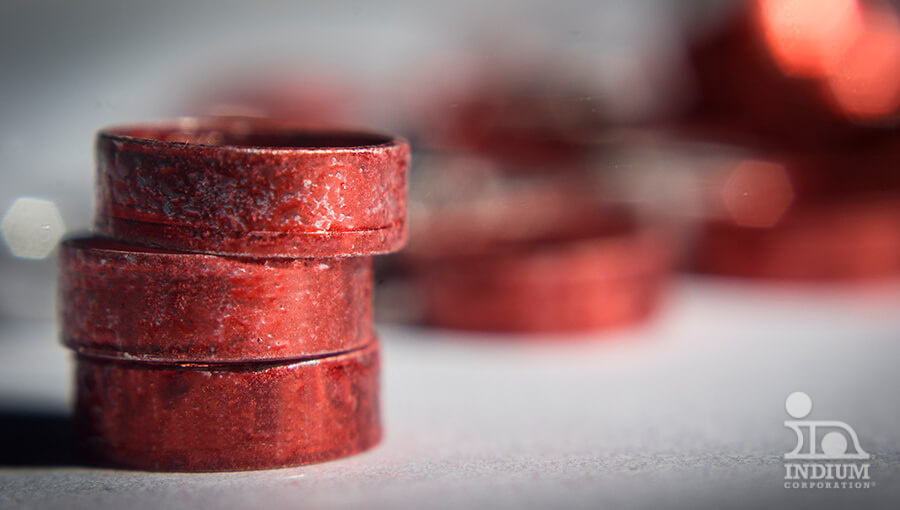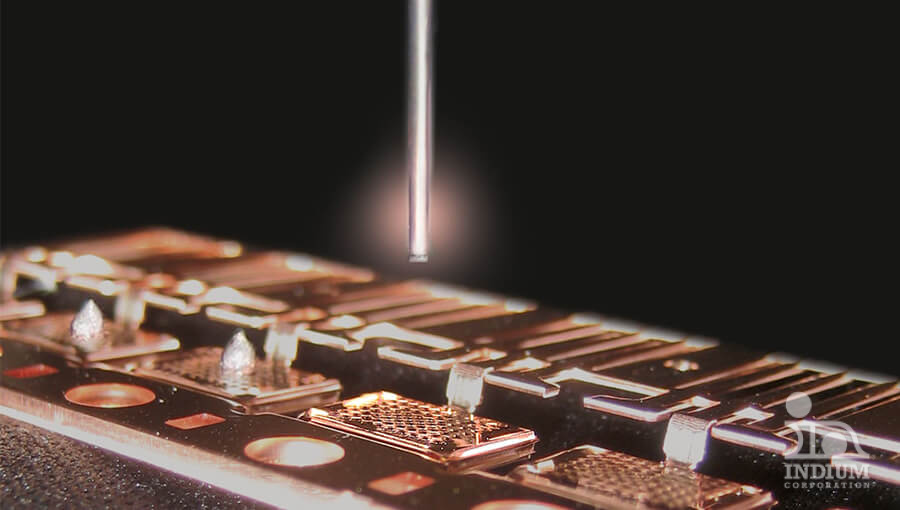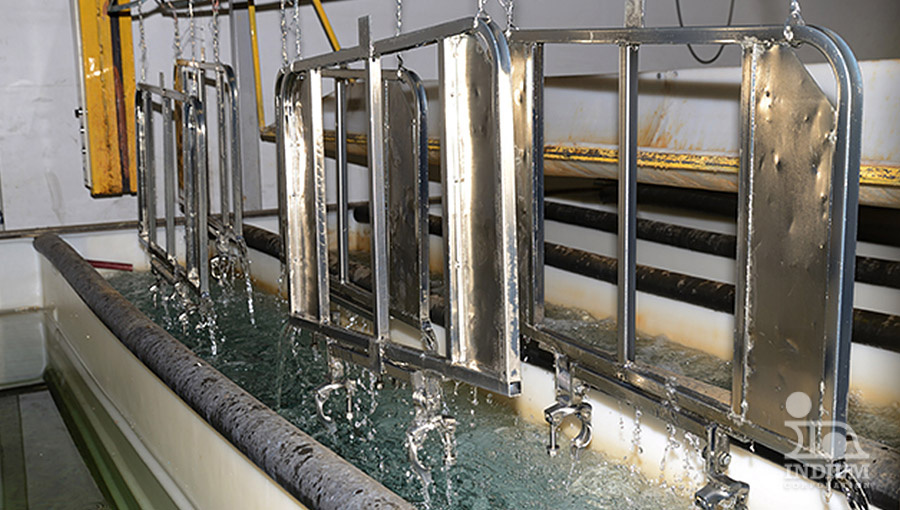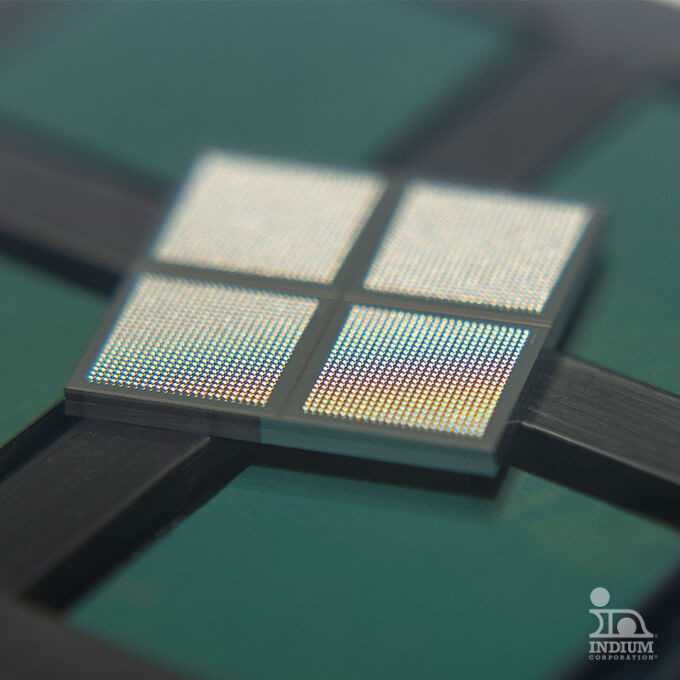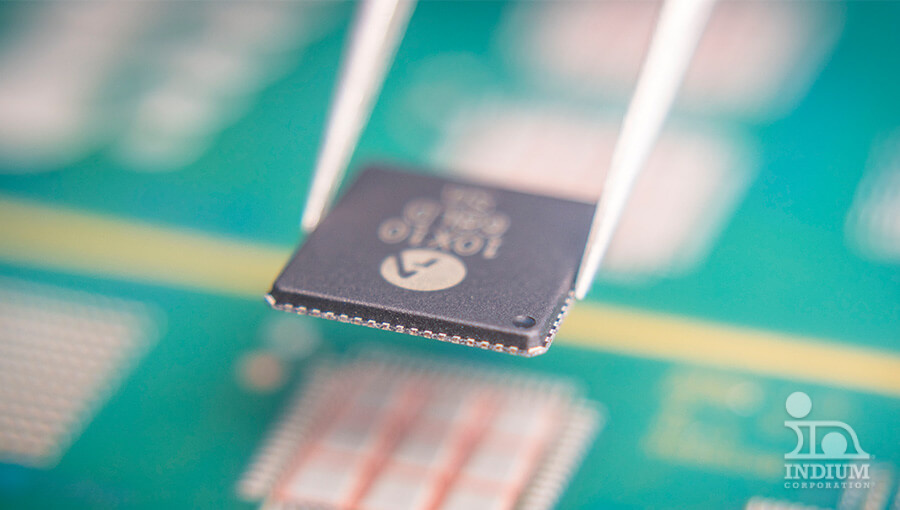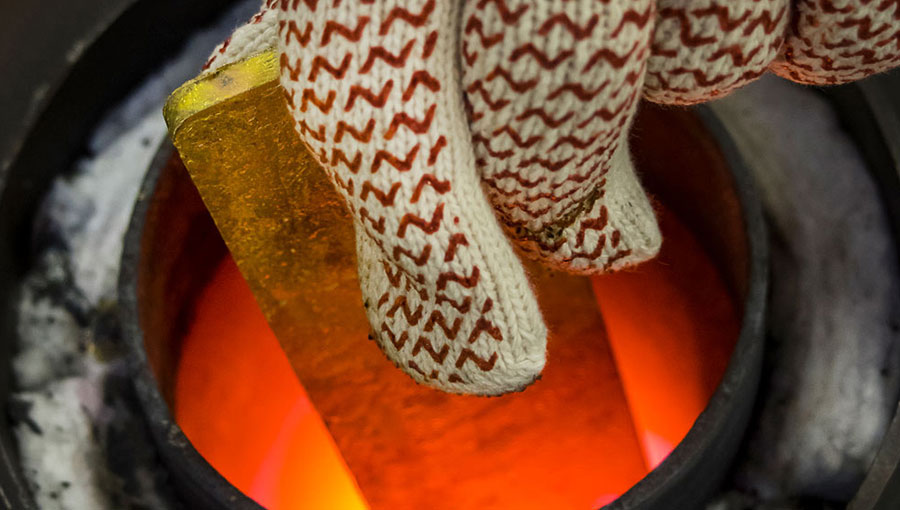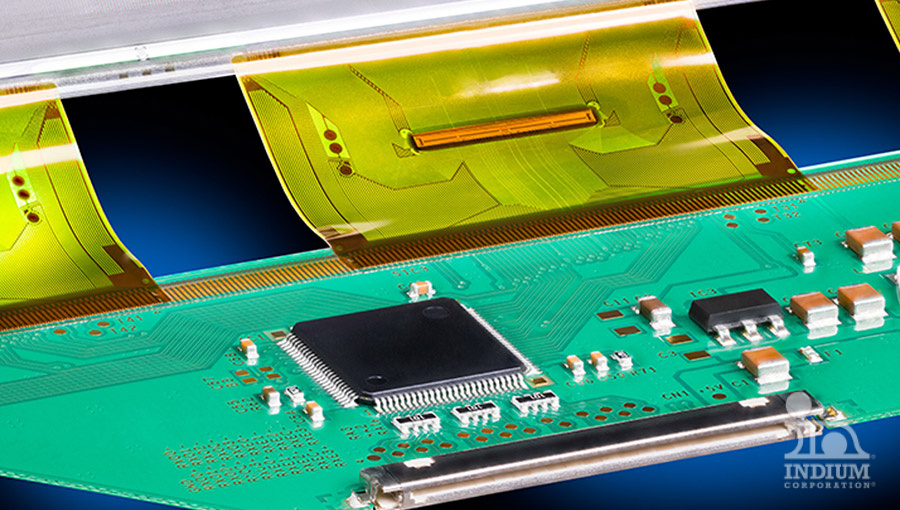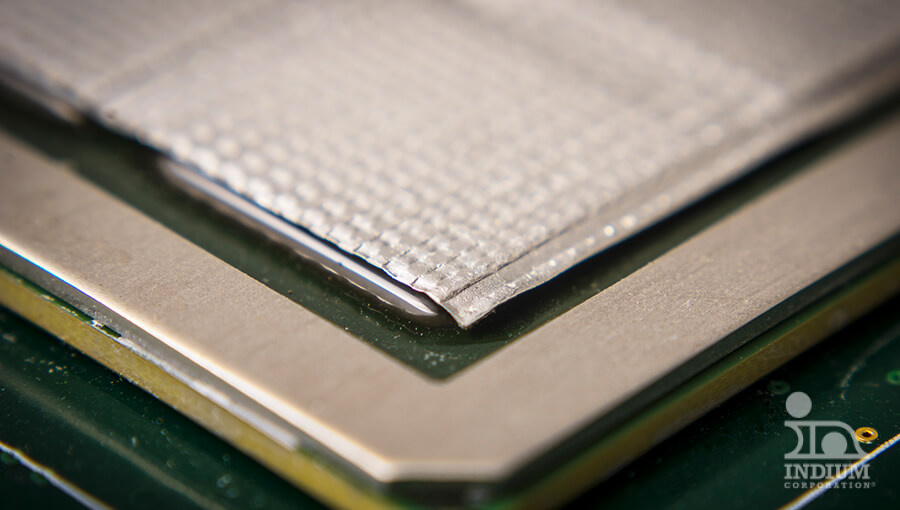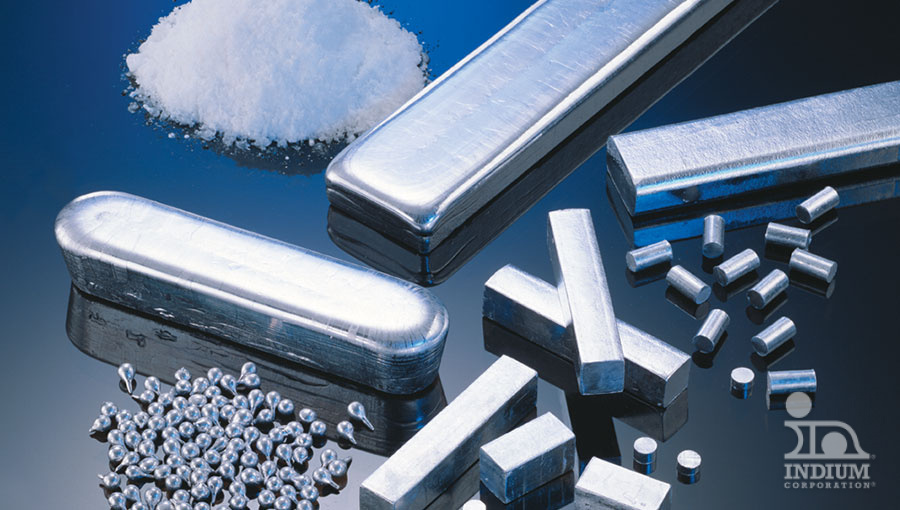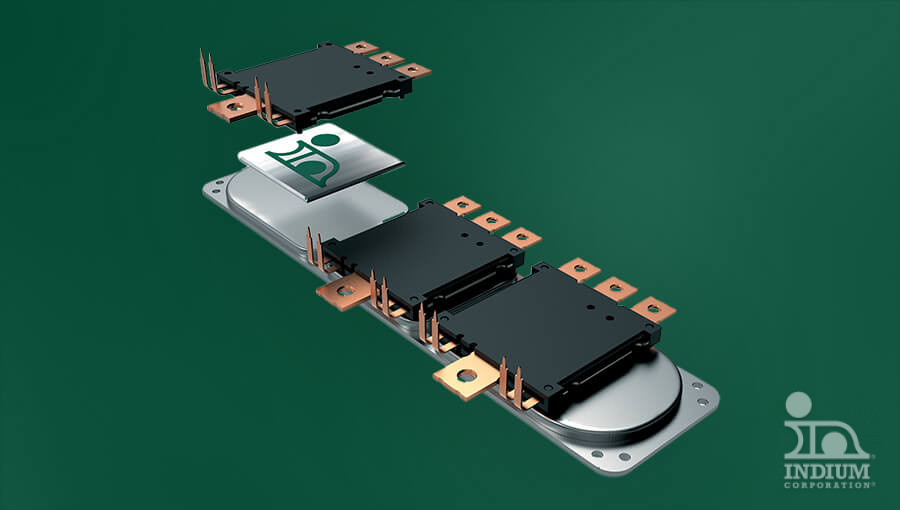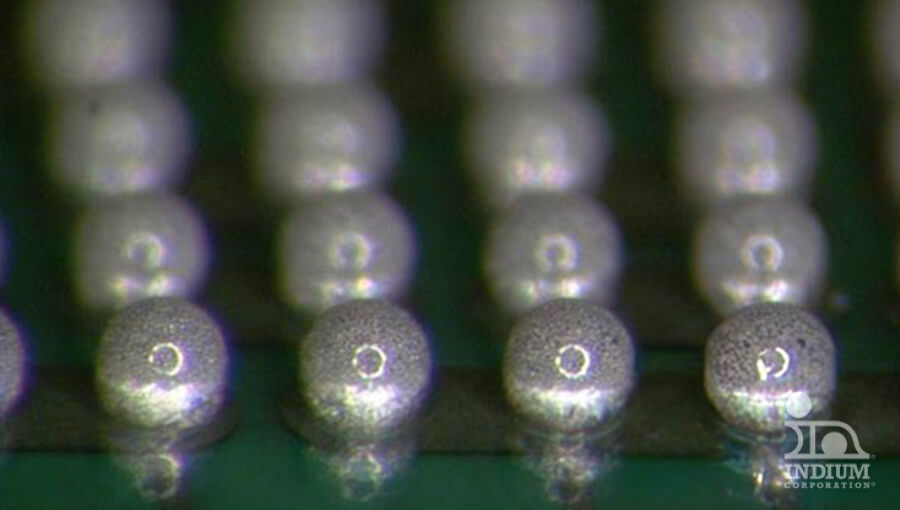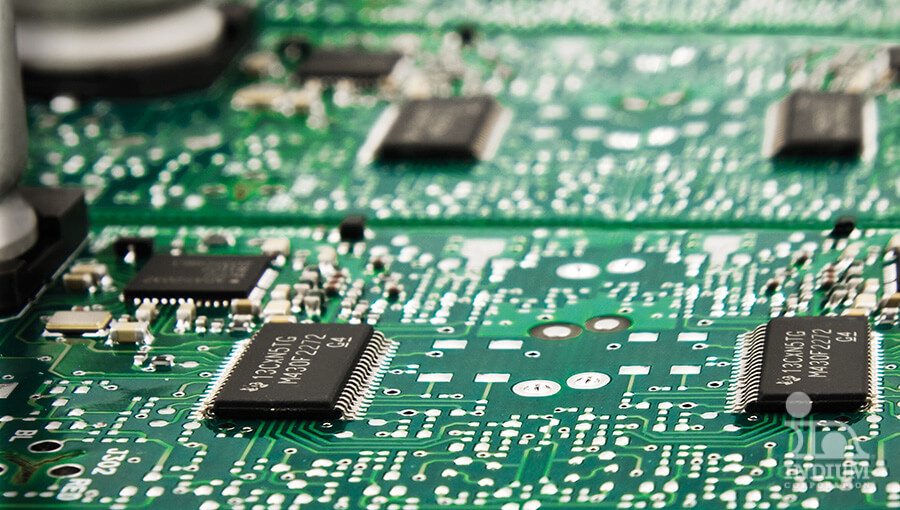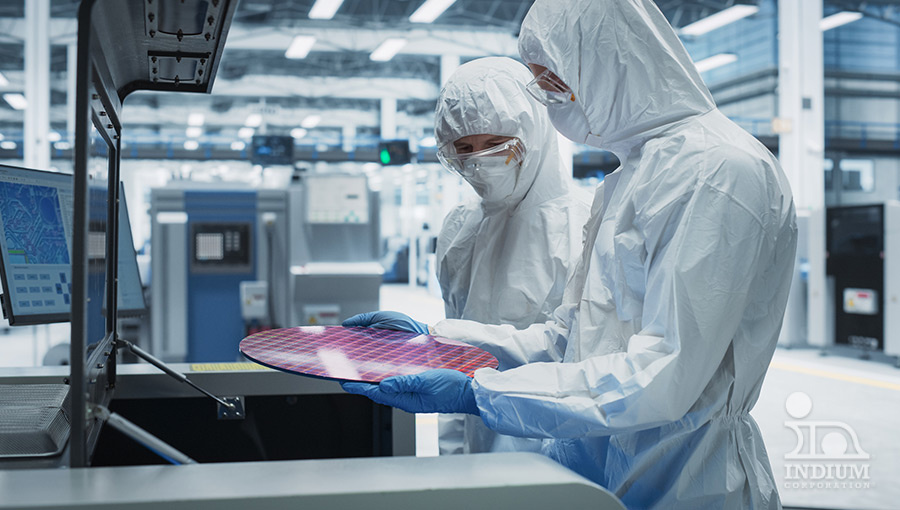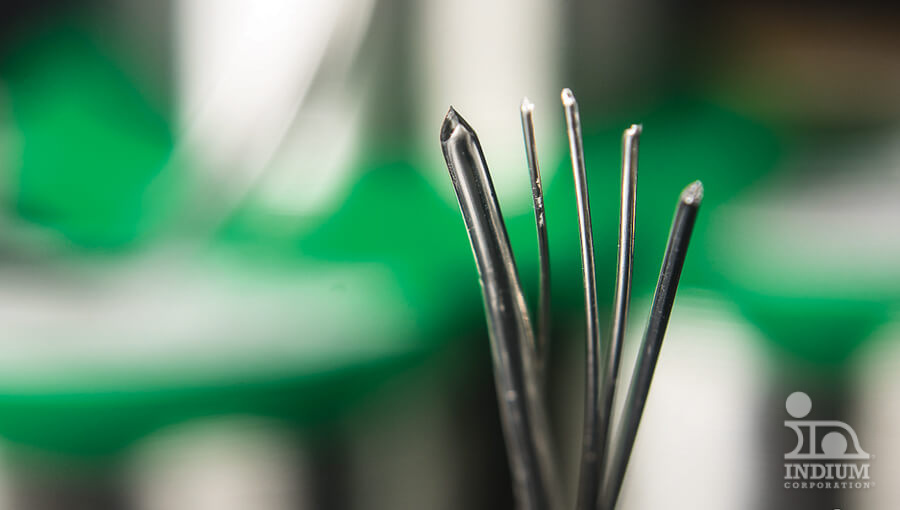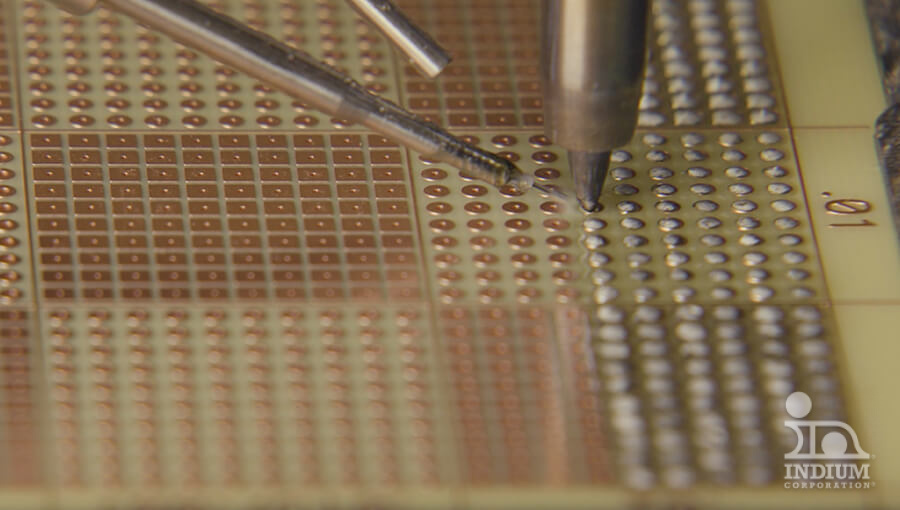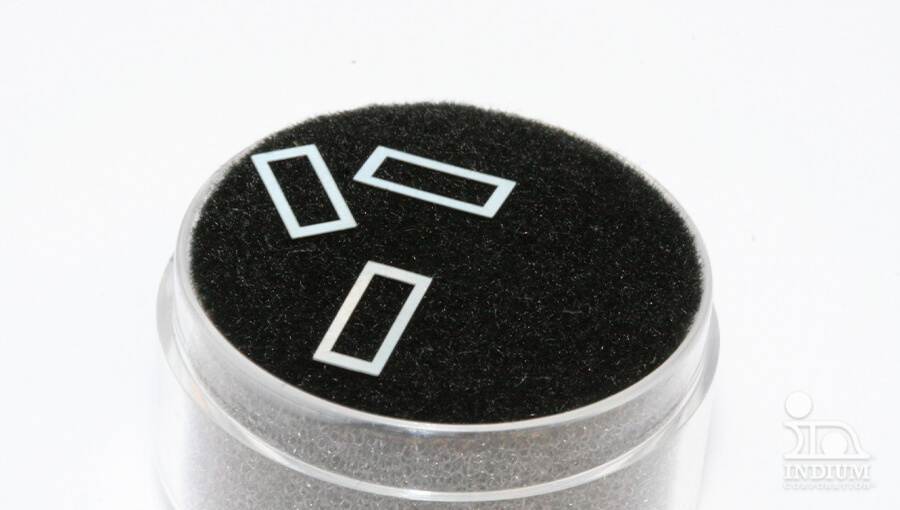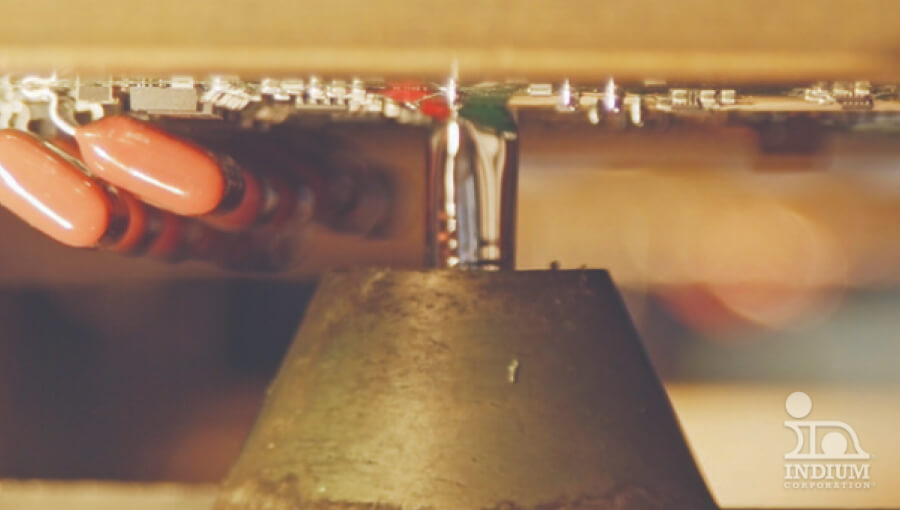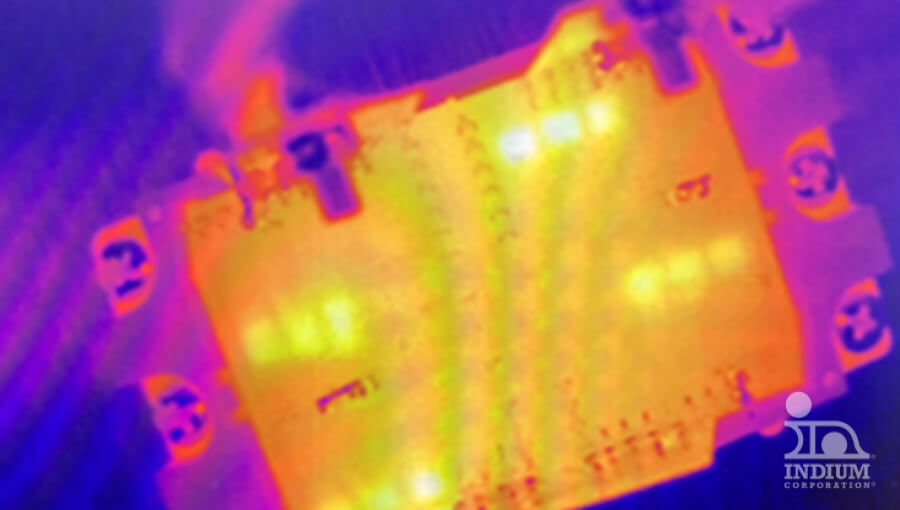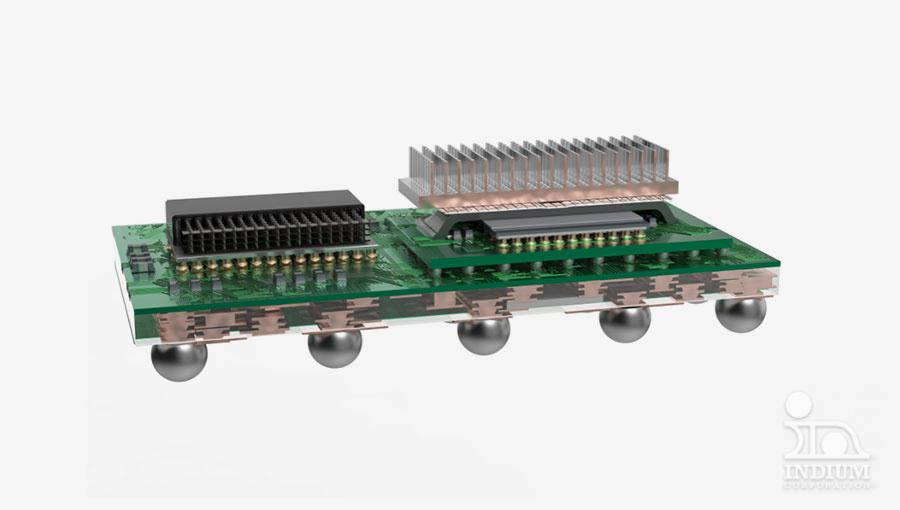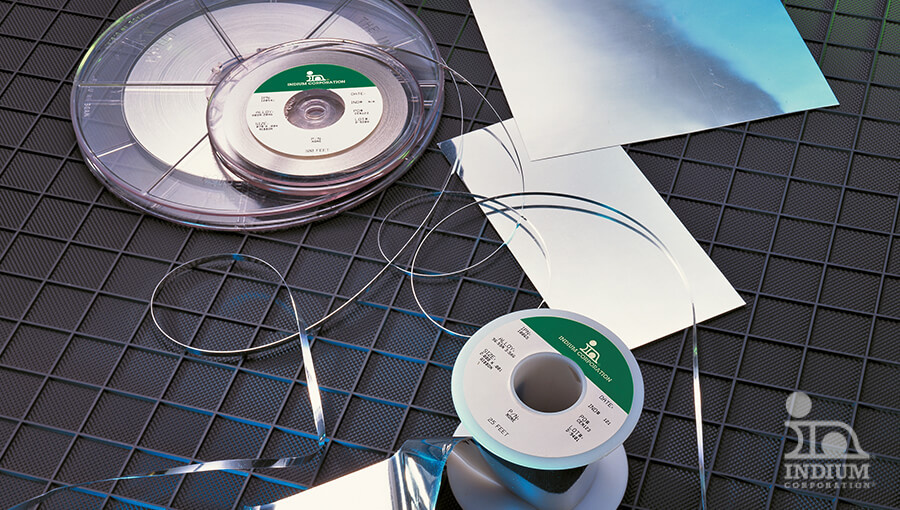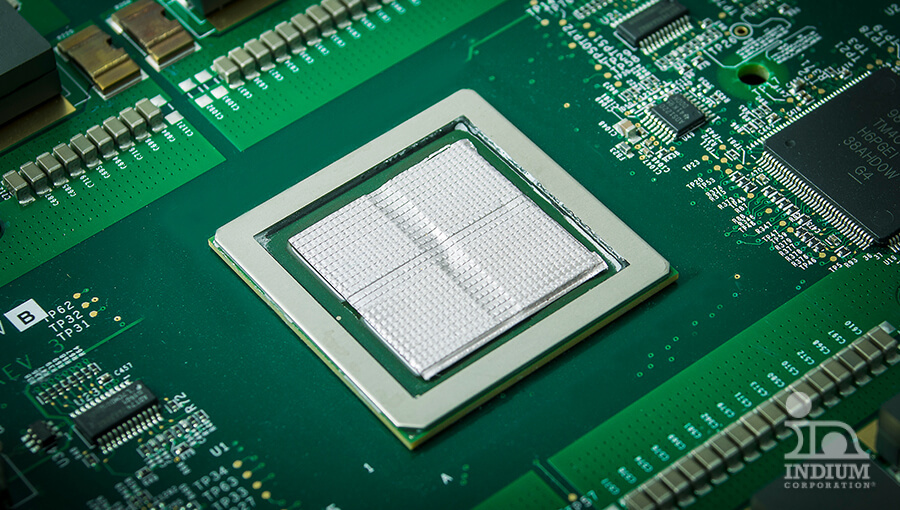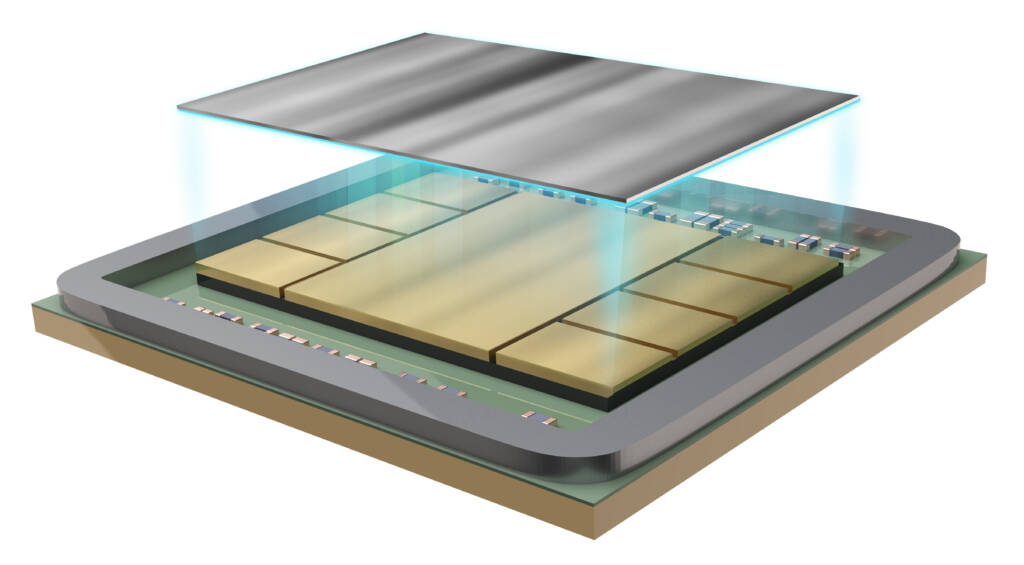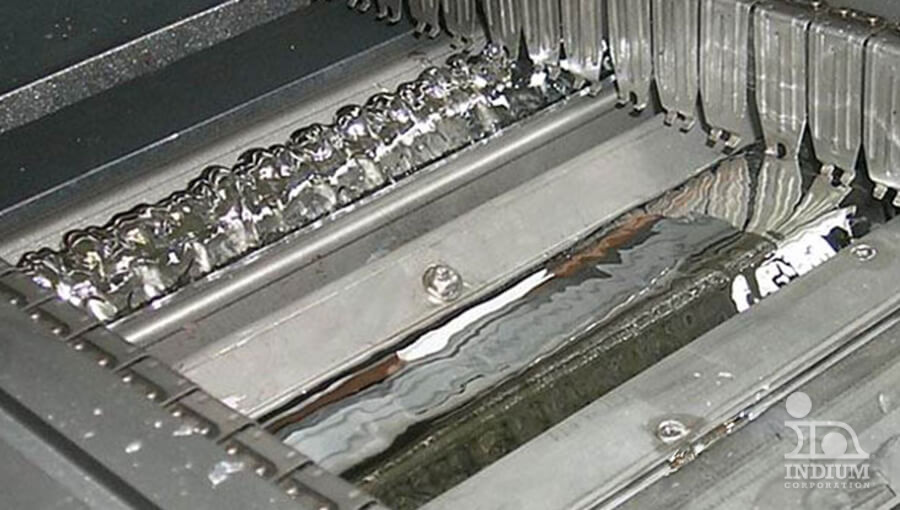Applications
Indium Corporation’s extensive product range is utilized across a wide variety of industries and applications. Our cutting-edge solutions, known for high performance and reliability, are ideal for automotive electronic assembly, high-temperature soldering, power electronics packaging and assembly, and thermal management, among other areas.

Explore Common Applications for Our Products
See how our innovative materials are used across a wide range of variety of industries.
-
-
-
-
-
-
-
-
-
-
-
High-Temperature Soldering
Offering high-temperature soldering materials for critical applications…
-
-
-
-
-
-
-
-
-
Power Electronics Packaging & Assembly
Extensive range of proven high-reliability solder and…
-
-
-
-
-
Semiconductor Packaging and Assembly
Critical semiconductor packaging ensures functionality and durability.
-
-
SiP and Heterogeneous Integration Assembly (HIA)
System-in-package (SiP) and heterogeneous integration solutions
-
-
Thermal Evaporation and PVD Coating
Achieve efficient and high-quality thin film deposition.
-
-
-
Your Success
is Our Goal
Optimize your processes with the latest materials, technology, and expert application support. It all starts by connecting with our team.

